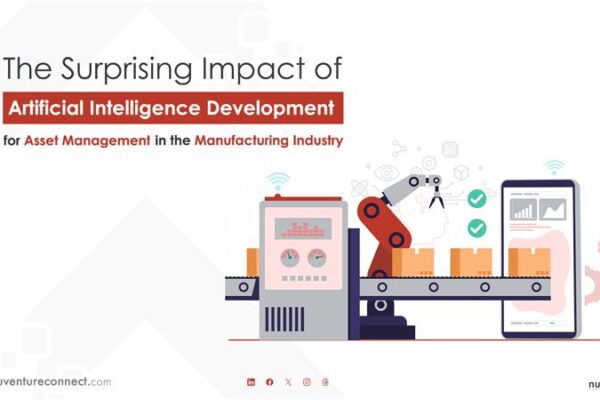Machine-to-machine (M2M) communication, the direct communication between devices using a wired or wireless medium, is valid in our daily scenario. There is a need for M2M applications to overcome the challenge of connection and transfer of data from sensors or modules to the applications. This data is generally then used for fulfilling the requirements of the relevant application. Let’s take the example of a temperature sensor used for agricultural purposes. The sensor sends data to the server and the application, which monitors the temperature levels of the agricultural area over a prolonged period (You can read more about various IoT applications at https://blog.nuventure.in/2019/05/17/iot-how-its-changing-our-world/).
The challenges for the connectivity of the device still exists, but the costs for module and data traffic has been cut down and the barriers in M2M has lowered, thanks to the various connectivity options that have arisen. IoT builds on this momentum, shifting the focus from devices and connections to the applications and data in the value chain.
The Shift In Focus
The abstraction of service enablement and application layers from device and connectivity management layers has shown significant development in the platform space of M2M connections. This means that the complexities in programming and managing devices and connectivity have been abstracted or separated from the programming of the application. This development has facilitated a shift in IoT from devices and connectivity to applications and data. This allows the developers to display their skills on application development, data management, and work on the interfaces which are required to deliver further integration of the application with other business applications and backend systems.
Why this abstraction? This level of abstraction allows the communities of developers to engage more actively and openly with M2M and IoT faster and cheaper. This allows businesses to explore both the immediate and direct benefits of data from their M2M and IoT implementations. One of the significant differences in IoT is the openness in applications and data which allows businesses to explore the opportunities across the entire landscape of connected devices, applications and data, where available, both internally and externally.
So, where do we expect to see developments?
The Outlook
Connected devices are expected to hit an estimated count of 34.1 billion by the end of 2023, which covers all M2M as well as PCs, tablets and handset data devices. The count of the associated applications and the data to be analyzed will have tremendous growth. Application development platform providers are enabling the market development as well as application development community initiatives hosted by Telefonica Innovation in Brazil, the AT&T Foundry in Atlanta, USA or Cisco DevNet to name a few.
There will be a rise of exciting developments in the field when applications become substantially modularised. This helps in the reuse of particular technology patterns from one application to another. This involves interfaces to connectivity layers, data analytics tools, deeply embedded rules engines and security components, or even database options and cloud services. Particular modules can be reused for other applications and potentially accessed as part of a ‘software as a service’ offering. This mash-up of applications have been proven successful by various companies around the world. Presumably, the next logical step will be to build a library to store the application build modules for the basic application mash-up, the IoT SDK.
So what is the future of IoT? The perfect application mash-up.



